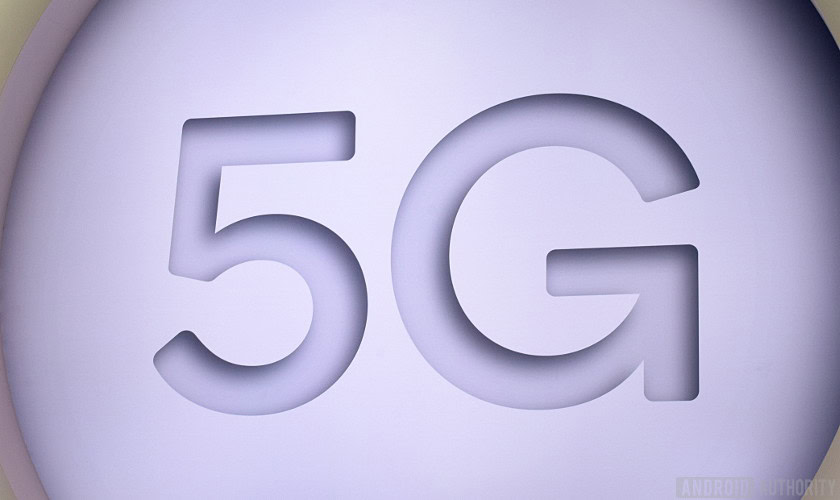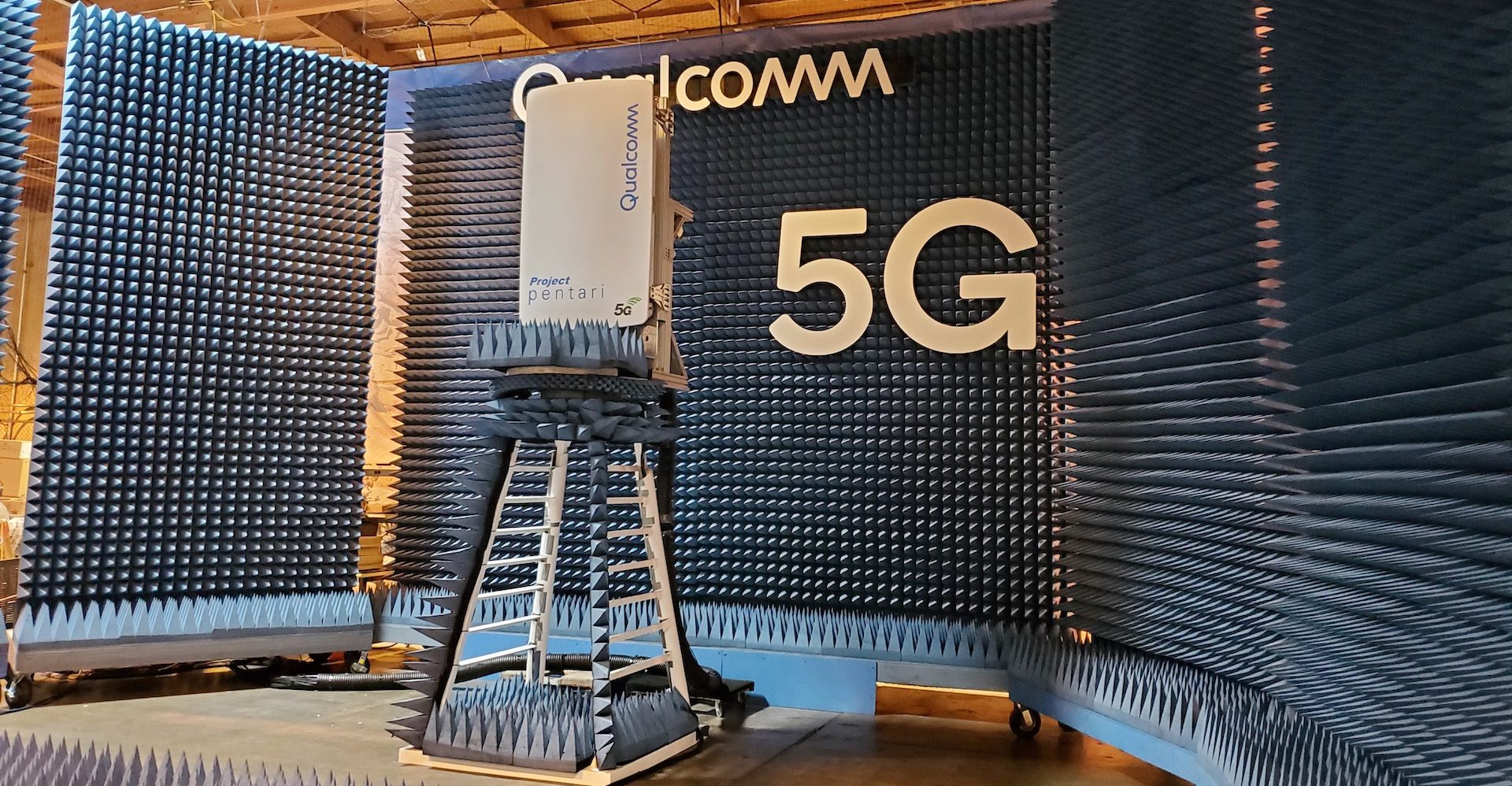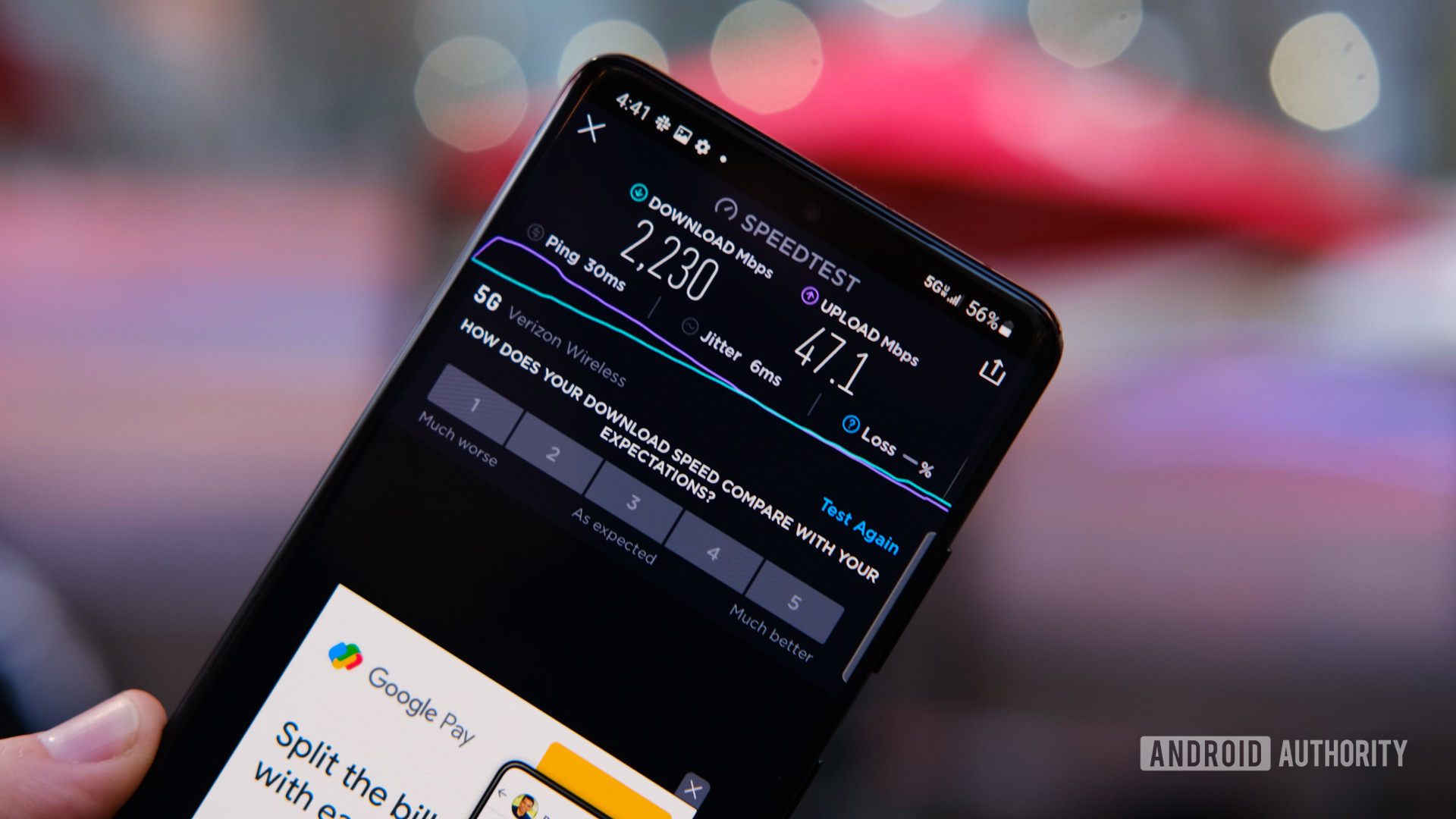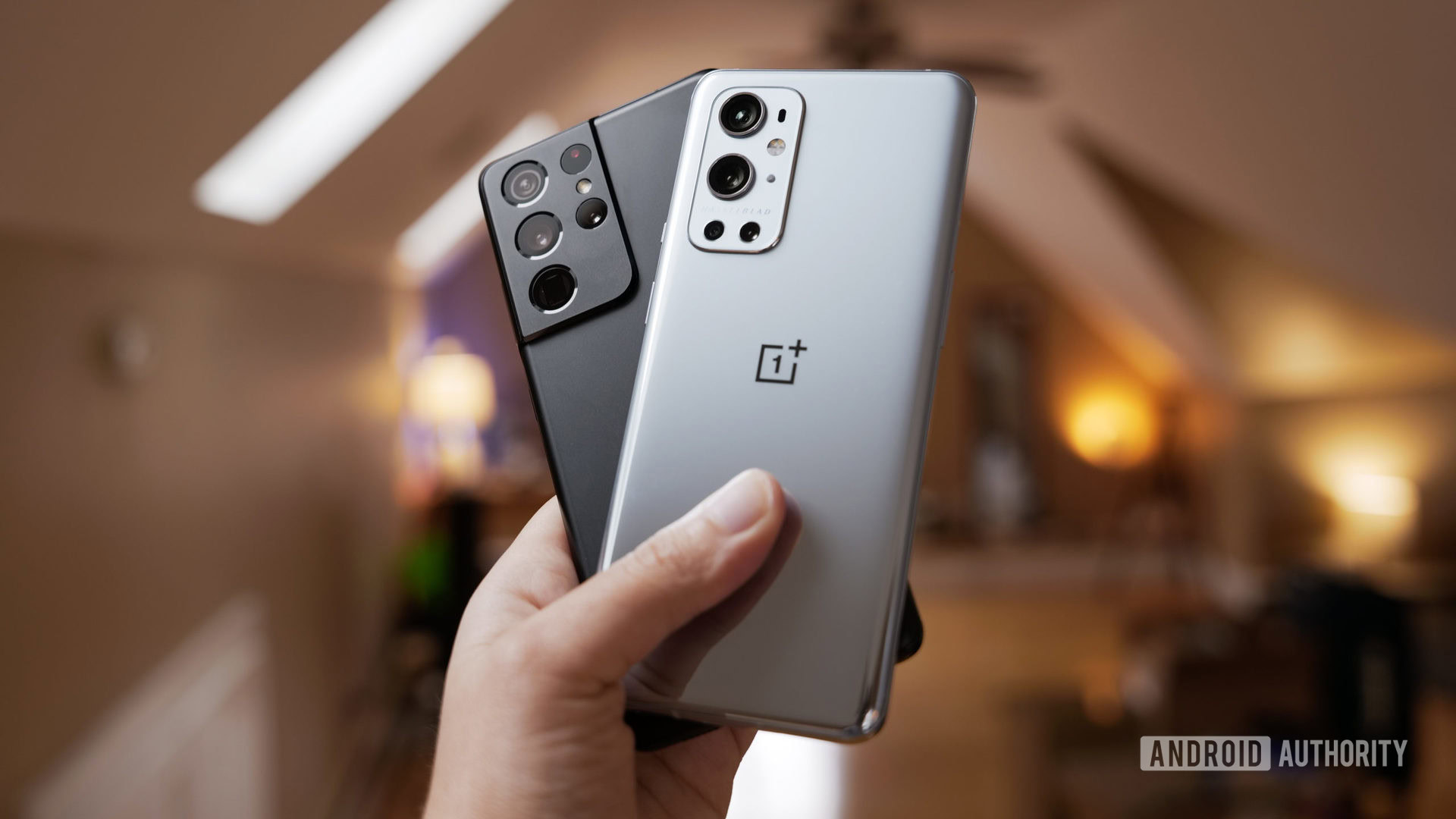Affiliate links on Android Authority may earn us a commission. Learn more.
What to look for in your perfect 5G plan and network

Are you ready to dive into the world of 5G? You may have a device in mind, but perhaps you’re still trying to track down the perfect carrier and plan. That’s no easy task, especially in the early stages of a next-gen network deployment, where coverage and 5G plan choices are much more limited than with 4G LTE.
Our guide aims to take you through a few essential pieces of knowledge to help you make the most out of your new 5G plan, phone, and carrier.
Key considerations for your 5G plan
Getting the most out of 5G isn’t necessarily the seamless experience we’re used to. Different regional carriers and handsets support slightly different network technologies, impacting 5G availability, coverage, and data speeds.
If you’re in a hurry, here’s a quick checklist to keep an eye on:
- 5G is expensive if it’s not included, so make sure you can use it. Check with your preferred carrier that you have 5G coverage in your area. Or that you’re at least on the roll-out road map.
- Double-check that your phone supports the 5G network bands used by your carrier.
- Consider how much data you need each month and if 5G is worth the extra cost.
- Compare those prices.
Read more: The best 5G phones you can buy right now
Check local 5G availability

The first thing you need to do is make sure that you can benefit from 5G speeds by checking local availability. After all, there’s no point in spending extra money on a 5G phone and data plan if you can’t use it immediately or in the near future.
All major carriers publish their list of supported regions. At the moment, deployment is mainly limited to cities and towns, so you’ll have to read through some increasingly long lists to check you’re covered. Some national and regional websites showcase which networks currently offer 5G in your area, which can be worth checking out.
If you’re lucky, your carrier may also offer an interactive 5G coverage map so you can see precisely how complete or spotty local coverage is. After all, 5G isn’t much good if it only works on your street. Not every carrier provides a 5G map at the moment, but the UK’s EE has one, as do T-Mobile, Verizon, AT&T, and UScellular in the US. However, it’s not clear if some of these maps show exactly where you’ll benefit from full 5G coverage and the very fastest speeds.
Find it on a map: Here’s how 5G availability stacks up in major US cities
Even if your local area isn’t currently on the 5G grid, don’t despair. If you’re living in a major city with 5G rollouts already underway, you’re likely to see coverage in the next two years. Keep an eye on carrier announcements and plans for their 5G rollouts. You can often find a list of towns and cities with upcoming 5G deployments on your carrier’s website.
Bringing your own phone? Check those bands

Buying a 5G phone directly from a carrier is a sure-fire way to ensure the handset plays nicely with the carrier’s unique 5G technology. You see, carriers in different countries use specific frequency bands for their 5G networks. Your phone needs to support the same frequency bands as your carrier to use their 5G network.
Broadly speaking, networks fall into two types of 5G technology – sub6GHz and mmWave. You need a phone that specifically supports mmWave to use 5G networks such as Verizon. Sub-6GHz is more widely supported, particularly outside the US. Sub-6GHz bands have names ranging from n1 to n98, while mmWave runs from n257 to n261.
It’s always worth checking compatibility between phone and network bands to ensure you get the most out of any network, especially if you’re bringing your own phone. You can usually find this information on your smartphone’s official spec page, and carriers often list this information on their websites too. Failing that, many third-party websites are tracking 5G frequency bands for networks around the world. See Kimovil’s frequency checker as a good example.
Consider your data needs

Before splashing the cash for your 5G phone and plan, consider whether or not you need to leap 5G just yet. You’re likely to pay a premium for 5G’s faster data speeds. Although some carriers are starting to bundle faster data into existing price plans, this is the exception rather than the rule so far.
Verizon, for example, charges $10 more per month for access to its faster 5G Ultra wide-band network (UWB) versus its 5G Nationwide network. However, the latter is pretty comparable to its existing 4G speeds. Furthermore, Verizon’s UWB mmWave coverage is only available on select streets in about 60 US cities, so it isn’t worth the extra $10 a month to most users. AT&T charges a similar amount for access to its rather patchy mmWave and Sub-6GHz coverage. In any case, many 5G plans fall into the most costly unlimited data tiers. Just make sure you can benefit from these more expensive packages before committing to a long contract.
A pricy 5G package makes sense if you’re downloading tens of gigabytes (GB) of high-resolution media on the go each month. However, if you’re currently using just a few GB to browse the web and check in on Facebook mainly, you’ll be paying more for no tangible benefit with 5G. You want to be consuming lots of media on the go to make use of faster data speeds.
A few carriers are starting to offer more affordable 5G SIMs and plans with smaller data allowances. It is worth checking out these packages if you’re not a heavy data consumer. You won’t automatically use more data, thanks to 5G’s faster download speeds. However, it’s worth considering if having access to faster data on the go will change the way you use your phone. You may end up wanting a bigger, more expensive data allowance than before to make the most use of 5G.
Finally, remember that 5G smartphones also cost more than older generation 4G handsets. If you’re buying on contract, you may only pay a few extra dollars per month, but it adds up quickly throughout a contract. This isn’t to put you off 5G forever, but it may make more sense for some users to wait until prices come down.
Read next: Our guide to the best phone plans for every type of user
Compare prices
Once you’ve checked carrier and device compatibility, coverage, and your 5G data needs, the last thing to do is compare packages to find the best price. As a good starting point, be sure to check out price, phone, and coverage rundowns for major 5G carriers: